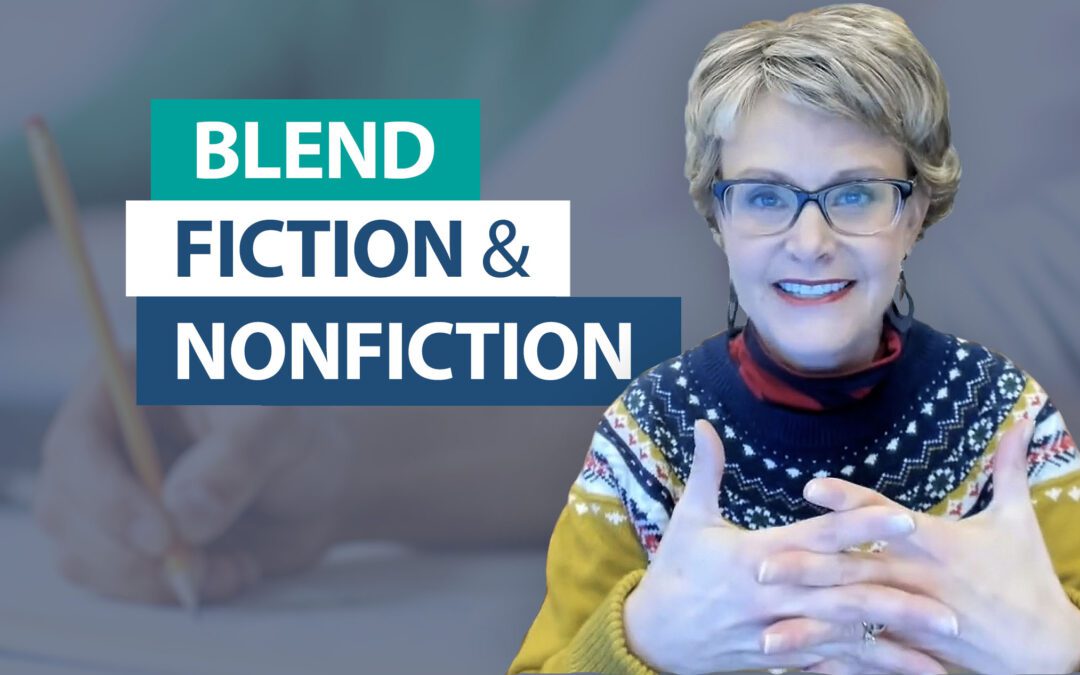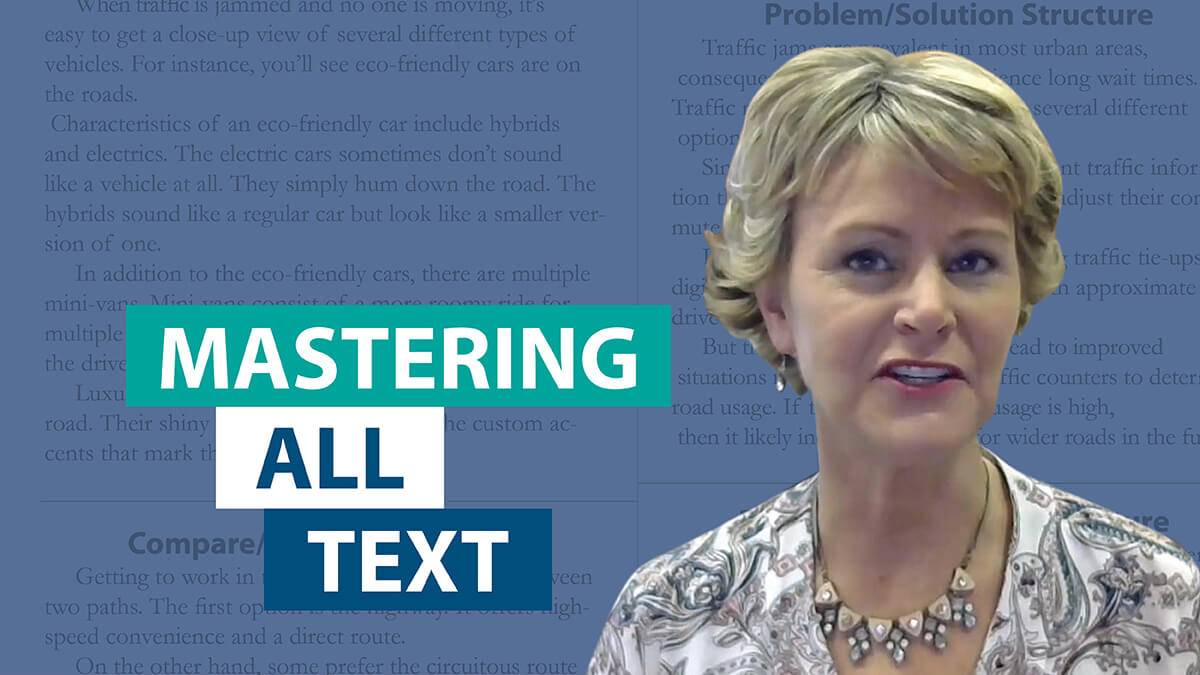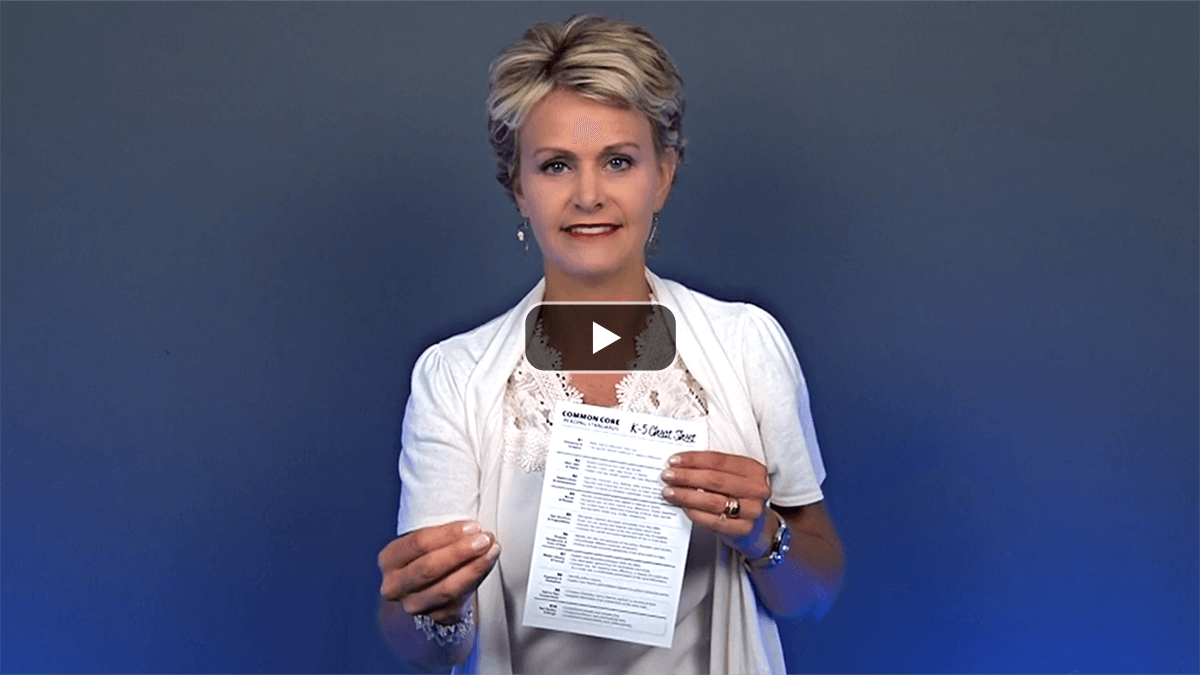Learning Center
reading
Teach literature and informational skills together
December 14, 2021
On the surface, it may seem easier to teach the literature and informational-text standards independent of the other. Many teachers separate their direct instruction of fiction from that of nonfiction, assuming that kids can only focus on one text type at a time. But as I reveal in The Comprehension Playbook, it is possible to teach them in tandem—and it might even be the better option.
Combining instruction of literature with informational standards is not a new idea. In their book Pathways to the Common Core, Lucy Calkins, Mary Ehrenworth and Christoper Lehman, note that “the skills for teaching reading literature and the skills for teaching informational texts are the same in the Common Core.”
The big takeaway presented by these literacy gurus is that readers apply a common set of thinking skills when tackling any text type. It’s not a matter of reading one way for literature and a different way for informational text. The whole premise behind the similar organization of these two ELA strands is that they are reciprocal.
When the language in the literature standard reads the exact same as informational text, the task of teaching them together is much more obvious. But even when there are subtle differences in the skills, like with text structure, perspective, word choice, and purpose—the core outcomes are very similar.
By making these commonalities the instructional focus, teachers can unify the comprehension skills for students. This approach cuts in half the number of comprehension standards to be taught!
With the bigger picture in mind, it makes perfect sense to marry the expectations for literature and informational texts so that students develop thinking skills to tackle whatever reading comes their way.
Larry Kerr, teacher at Kirtland Central High School (Kirtland, NM) shared:
Your article about teaching literature and information standards together makes some good points for teachers who are trying to convince district administrators and curriculum coaches to stop pushing pacing guides that call for certain standards this month and different standards the next. Experienced teachers do not consider this appropriate for the way students learn.
My English Department always teaches informational text and literature together because the informational text provides context and background information that our students do not have. Good literature is not produced in a vacuum. The setting and historical period will often reveal important themes if students have some knowledge of the historical events that shaped the writer’s worldview.
What is interesting is what we hear from students down the road. The students always tell us that it was the knowledge of the history they learned in our English classes that actually helped them succeed on high-stakes exams.
Kristina’s response:
In addition to teaching reciprocal thinking skills between literature and informational text, Larry provides another advantage to marrying these genres together. The content within informational text can build the pivotal background to more deeply comprehend the literature.





